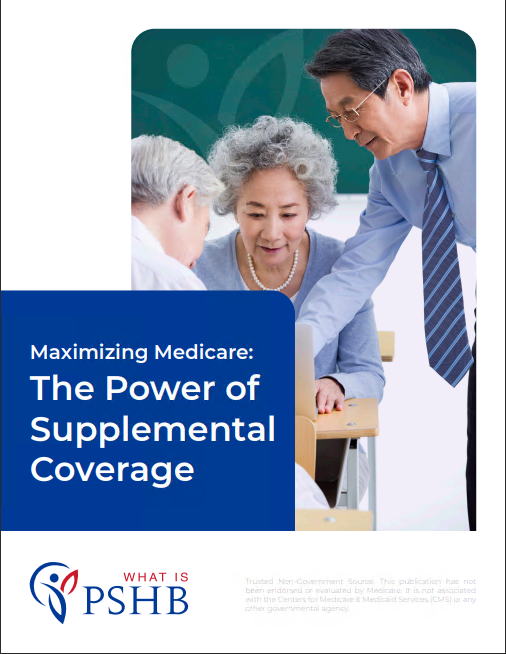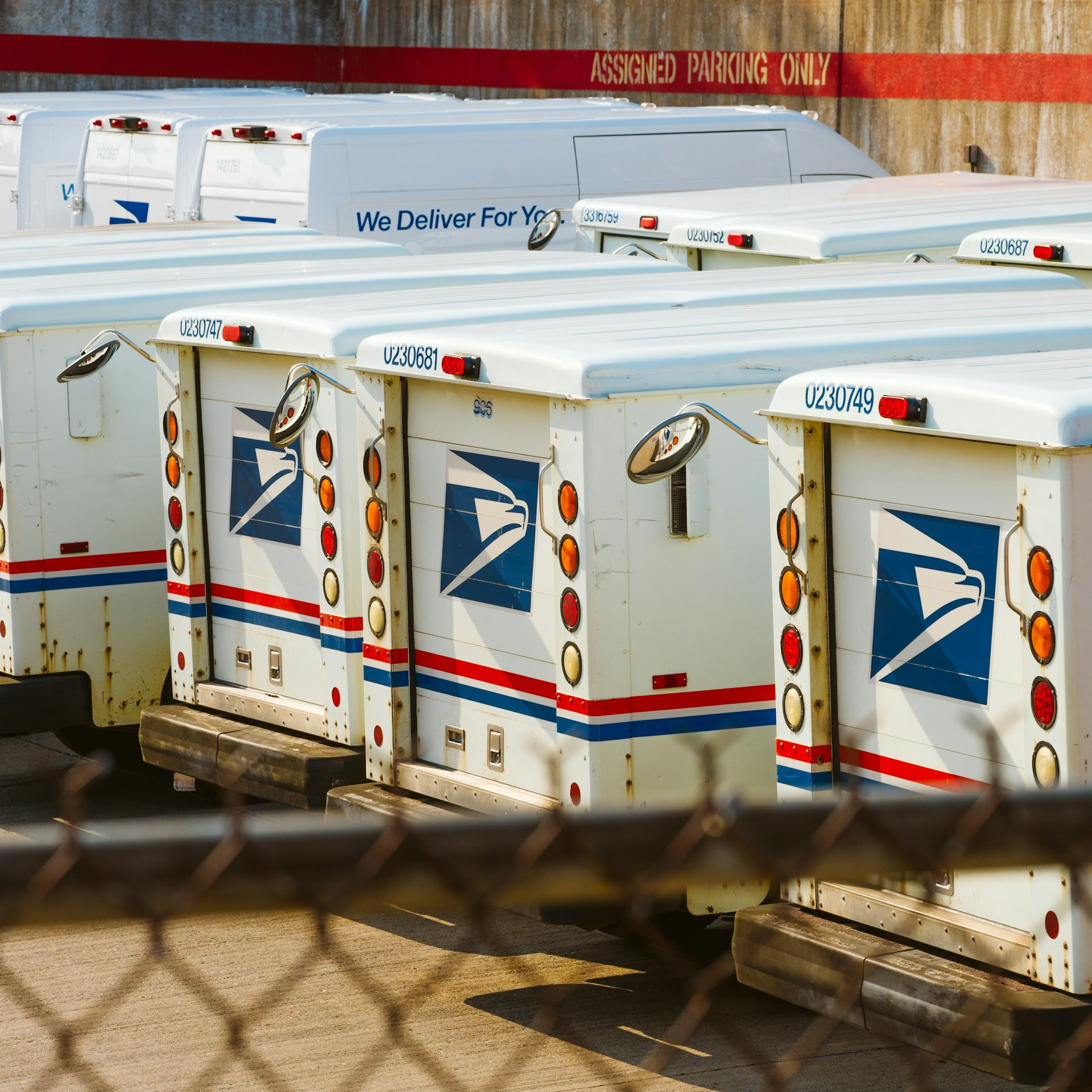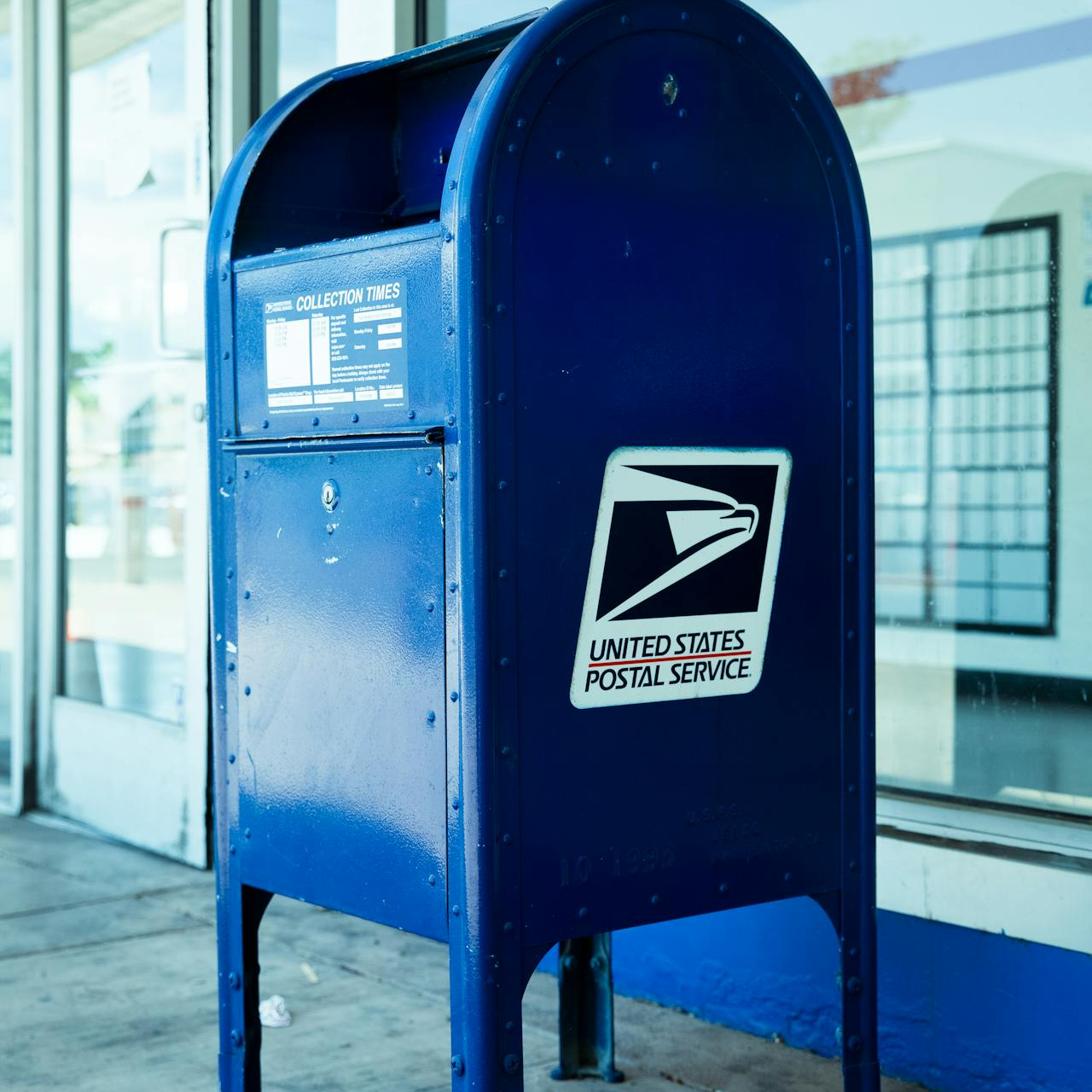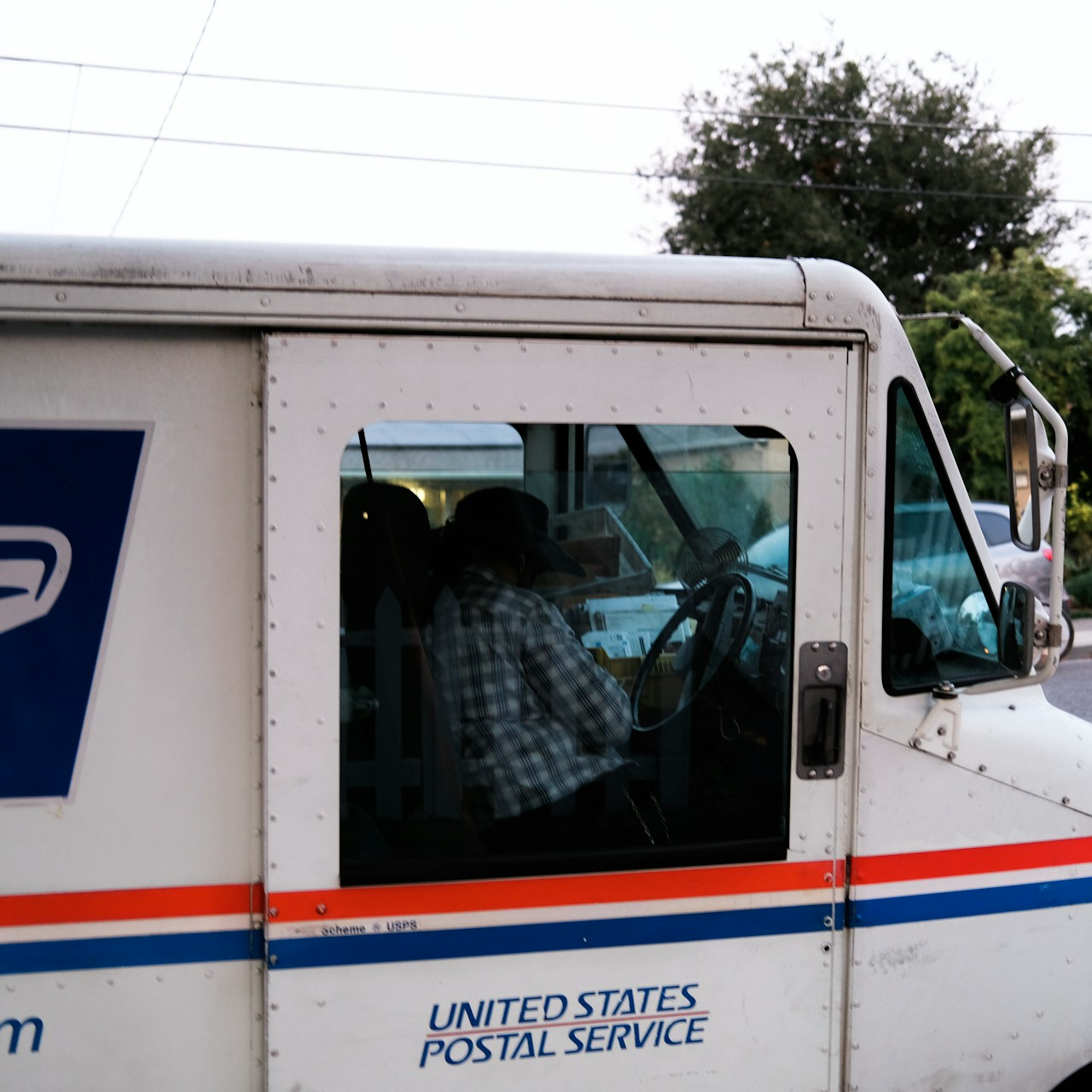Key Takeaways
- The PSHB and FEHB programs offer distinct benefits tailored to different groups, providing comprehensive health coverage for USPS employees and federal workers.
- Understanding the differences in coverage, costs, eligibility, and services is essential for making informed decisions about health insurance plans.
PSHB vs. FEHB: What Are the Differences?
The Postal Service Health Benefits (PSHB) Program, established by the Postal Service Reform Act of 2022, introduces a new health benefits system for USPS employees, annuitants, and their eligible family members. It replaces the Federal Employees Health Benefits (FEHB) Program for postal workers starting January 1, 2025. This article compares the benefits of the PSHB and FEHB programs, highlighting key differences in coverage, costs, eligibility, and services to help you understand which program might be more suitable for your needs.
Overview of PSHB and FEHB Programs
The PSHB Program is specifically designed for USPS employees, annuitants, and their families, providing tailored health benefits distinct from the broader FEHB Program. Administered by the Office of Personnel Management (OPM), the PSHB Program aims to offer comprehensive healthcare coverage while addressing the unique needs of postal workers.
The FEHB Program, on the other hand, serves a wider range of federal employees and retirees, offering a diverse selection of health plans from various carriers. This program has long been the cornerstone of health benefits for federal workers, providing extensive coverage options and flexibility.
Coverage Differences Between PSHB and FEHB
PSHB Coverage
- Targeted Beneficiaries: The PSHB Program exclusively covers USPS employees, retirees, and their eligible family members.
- Integrated Medicare: For Medicare-eligible annuitants, the PSHB Program requires enrollment in Medicare Part B, which works in conjunction with PSHB to provide comprehensive coverage.
- Specific Plans: The PSHB will offer plans that are tailored to the needs of postal workers, ensuring that the benefits align with the specific health concerns and demands of this group.
FEHB Coverage
- Broad Beneficiaries: The FEHB Program covers a wide range of federal employees, retirees, and their families, not limited to any specific agency.
- Variety of Plans: The FEHB offers a vast array of health plans from numerous carriers, including fee-for-service plans and health maintenance organizations (HMOs).
- Flexibility: Participants can choose from plans that best meet their individual health needs, with options that cater to a variety of medical services and preferences.
Cost Comparison: Premiums and Out-of-Pocket Expenses
PSHB Costs
- Government Contribution: The PSHB Program includes government contributions towards premiums, similar to the FEHB Program. However, specific rates and contributions are tailored to postal workers.
- Medicare Integration: Medicare-eligible annuitants must enroll in Medicare Part B, which may involve additional premiums. This integration aims to reduce out-of-pocket expenses for medical services.
FEHB Costs
- Premium Sharing: In the FEHB Program, the government pays a substantial portion of the health insurance premiums, with employees and retirees covering the rest. The exact split varies depending on the plan chosen.
- Varied Plans: The wide selection of plans in the FEHB means that costs can vary significantly. Participants can opt for high-deductible health plans (HDHPs) or consumer-driven health plans (CDHPs) to manage their healthcare expenses according to their financial situation.
Eligibility Criteria: Who Qualifies for PSHB vs. FEHB?
PSHB Eligibility
- USPS Employees and Annuitants: Only current USPS employees and annuitants are eligible for the PSHB Program.
- Medicare Requirement: Medicare-eligible annuitants must enroll in Medicare Part B to qualify for PSHB coverage.
- Family Members: Eligible family members include spouses and dependent children who meet the criteria set by the program.
FEHB Eligibility
- Federal Employees and Retirees: The FEHB Program is open to a broader range of federal employees, including those from various federal agencies, and retirees.
- Flexible Enrollment: There is no specific Medicare enrollment requirement for non-postal employees, though Medicare-eligible participants can choose to integrate their benefits with FEHB.
- Family Members: Similar to PSHB, eligible family members include spouses and dependent children, with flexible options for coverage.
Benefits and Services: What Each Program Offers
PSHB Benefits
- Customized Plans: PSHB plans are designed to address the unique healthcare needs of postal workers, potentially offering more relevant benefits and services.
- Integrated Coverage: For Medicare-eligible annuitants, PSHB integrates with Medicare Part B, reducing overall healthcare costs and ensuring comprehensive coverage.
FEHB Benefits
- Extensive Choices: FEHB participants have access to a wide range of health plans, allowing them to select options that best meet their medical and financial needs.
- Comprehensive Services: The FEHB provides extensive medical services, including preventive care, specialty treatments, and various wellness programs, ensuring broad healthcare coverage.
Enrollment Process and Deadlines for PSHB and FEHB
PSHB Enrollment
- Automatic Transition: Current USPS employees and retirees enrolled in FEHB will automatically transition to the PSHB Program.
- Special Enrollment Periods: The PSHB Program includes special enrollment periods to accommodate new retirees and Medicare-eligible annuitants.
- Enrollment Packages: USPS will distribute enrollment packages containing detailed instructions and necessary forms for completing the transition to PSHB.
FEHB Enrollment
- Open Season: The FEHB Program has an annual open season during which federal employees and retirees can enroll in or make changes to their health plans.
- Flexible Enrollment Options: Participants can also enroll or change plans during qualifying life events, such as marriage, birth of a child, or retirement.
- Self-Service Tools: FEHB participants can use various self-service tools and resources provided by their agencies to manage their health benefits and complete enrollment processes.
Making an Informed Choice Between PSHB and FEHB
Understanding the differences between the PSHB and FEHB programs is crucial for making an informed decision about your health benefits. The PSHB Program offers tailored coverage for USPS employees and annuitants, with specific plans designed to meet their needs and integrated Medicare benefits. In contrast, the FEHB Program provides a broader range of options, flexibility, and comprehensive services for federal employees and retirees from various agencies. By considering the unique features, costs, and eligibility criteria of each program, you can choose the health plan that best suits your medical and financial needs.
Contact Information:
Email: [email protected]
Phone: 7275557890











